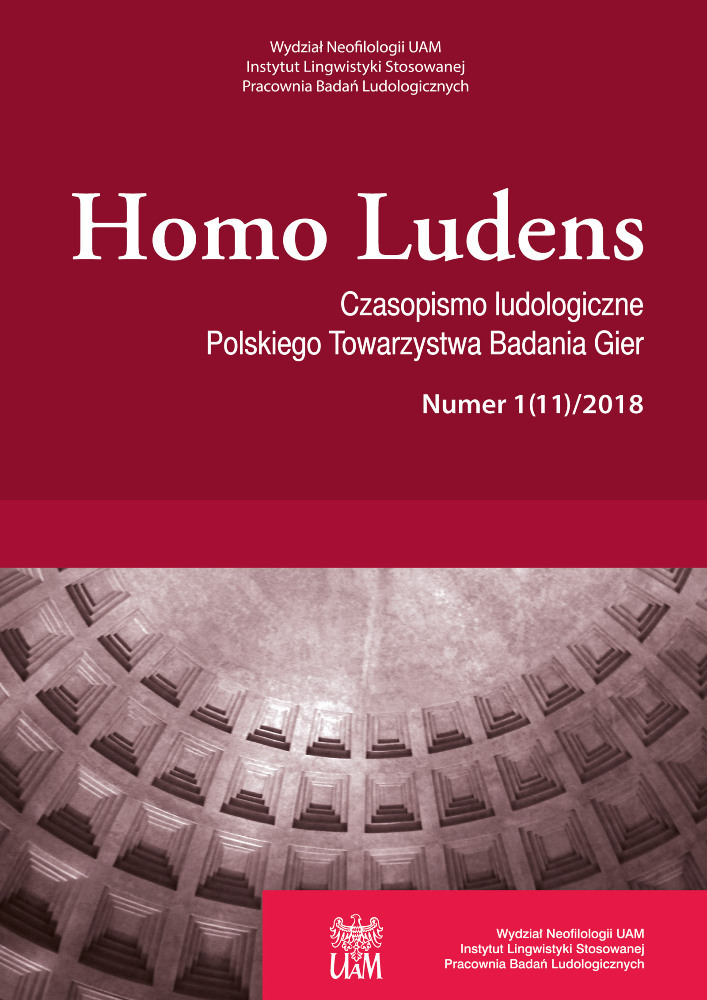Abstract
This article examines perceptions and systems of time and temporality in live-action role-playing (larp). Taking cues from the work of management game scholar Timo Lainema, the article presents examples of the effects of game duration, asynchronicity, and boredom, and then offers a new option for viewing time at, and in, larp play.References
Bluedorn, A. C., & Denhardt, R. B. (1988). Time and organizations. Journal of Management, 14(2), 299–320.
Clark, P. A. (1985). A review of theories of time and structure for organizational sociology. In S. B. Bacharach, S. M. Mitchell (Eds.), Research in the sociology of organizations (pp. 35–80). Greenwich, CT: JAI.
Faaborg, M. L. (2005). Quantifying in-game economy: A contribution to the analysis of the in-game economy of larps. In P. Bøckmann & R. Hutchison (Eds.), Dissecting larp (pp. 189–203). Oslo: Knutepunkt.
Fatland, E. (2005). Incentives as tools of LARP dramaturgy. In P. Bøckmann, R. Hutchison (Eds.), Dissecting larp (pp. 147–180). Oslo: Knutepunkt.
Galliers, R. D. (1992). Choosing information systems research approaches. In R. D. Galliers (Ed.), Information systems research: issues, methods and practical guidelines (pp. 144–162). Oxford: Blackwell Scientific.
Gennep, A. van (1909). Les rites de passage: Etude systématique des rites de la porte et du seuil… Paris: Nourry.
Hansen, M. (2016). Larp & narrative. MA thesis, McMaster University.
Harding, T. (2007). Immersion revisited: Roleplaying as interpretation and narrative. In J. Donnis, M. Gade, L. Thorup (Eds.), Lifelike (pp. 24–33). Copenhagen: Projektgruppen KP07.
Harviainen, J. T. (2005). Corresponding expectations: Alternative approaches to enhanced game presence. In P. Bøckmann & R. Hutchison (Eds.), Dissecting larp (pp. 71–80). Oslo: Knutepunkt.
Harviainen, J. T. (2006). Information, immersion, identity: The interplay of multiple selves during live-action role-play. Journal of Interactive Drama, 1(2), 9–51.
Harviainen, J. T. (2011). Sadomasochist role-playing as live-action role-playing: a trait-descriptive analysis. International Journal of Role-Playing, issue 2, 59–70.
Harviainen, J. T. (2016). Physical presence in simulation: A scratch at the surface of complexity. International Journal of Role-Playing, issue 6, 32–38.
Harviainen, J. T., & Lieberoth, A. (2012). Similarity of social information processes in games and rituals: Magical interfaces. Simulation & Gaming, 43(3), 528–549.
Harviainen, J. T. et al. (2018). Live-action role-playing games. In S. Deterding, J. P. Zagal (Eds.), Role-playing game studies: Transmedia foundations (pp. 87–106). London: Routledge.
Huizinga, J. (1939). Homo Ludens: Versuch einer Bestimmung des Spielelements der Kultur. Amsterdam: Pantheon akademische Verlagsanstalt.
Klabbers, J. H. G. (2009). The magic circle: Principles of gaming & simulation, Third and Revised Ed. Rotterdam: Sense Publishers.
Koljonen, J. (2004). “I could a tale unfold whose lightest word would harrow up thy soul”. Lessons from Hamlet. In M. Montola & J. Stenros (Eds.), Beyond role and play (pp. 191–201). Helsinki: Ropecon ry.
Lainema, T. (2010). Theorizing on the treatment of time in simulation gaming. Simulation & Gaming, 41(2), 170–186.
Lancaster, K. (1999). Warlocks and warpdrive: Contemporary fantasy entertainments with interactive and virtual environments. Jefferson: McFarland.
Lee, H. (1999). Time and information technology: Monochronicity, polychronicity and temporal symmetry. European Journal of Information Systems, 8(1), 16–26.
Lee, H., & Liebenau, J. (1999). Time in organizational studies: Towards a new research direction. Organization Studies, 20(6), 1035–1058.
Mochocki, M. (2017). From live action to live perception: Player character’s point of view. In Y. I. Kot (Ed.), Larp as a social tool (pp. 147–167). Minsk: Varaxin.
Pegg, S. (2011). Domestic realism in larp. In A. Castellani & J. T. Harviainen (Eds.), Larp frescos: Affreschi antichi e moderni sui giochi di ruolo dal vivo, Vol. II (pp. 131–136). Firenze: Larp Symposium.
Salen, K., & Zimmerman, E. (2004). Rules of play: Game design fundamentals. Cambridge, MA: MIT Press.
Stark, L. (2012). Leaving Mundania: Inside the transformative world of live action role playing games. Chicago: Chicago Review Press.
Stenros, J. (2012a). In defence of a magic circle: The social and mental boundaries of play. In Proceedings of DiGRA Nordic 2012 Conference: Local and Global – Games in Culture and Society.
Stenros, J. (2012b). Mellan himmel och hav. Embodied amorous queer scifi. In J. Stenros, M. Montola (Eds.), Nordic larp (pp. 158–167). Stockholm: Fëa Livia.
Turner, V. (1969). The ritual process: Structure and anti-structure. London: Routledge.
Tychsen, A., & Hitchens, M. (2009). Game time: Modeling and analyzing time in multiplayer and massively multiplayer games. Games and Culture, 4(2), 170–201.
Whitehouse, H. (1996). Rites of terror: Emotion, metaphor and memory in Melanesian initiation cults. Journal of the Royal Anthropological Institute, 2(4), 703–715.
Wieslander, E. (2004). Positive power drama. In M. Montola, J. Stenros (Eds.), Beyond role and play (pp. 235–242). Helsinki: Ropecon.
Ludography
Delirium (2010). Designed by Rasmus Høgdall, Peter Schønnemann Andreasen, Kristoffer Thurøe, Peter Munthe-Kaas, Jesper Heebøll Arbjørn and Mathias Kromann. Denmark.
Hamlet (2002). Designed by Martin Ericsson, Christopher Sandberg, Anna Ericsson, Martin Brodén et al. Sweden. Multiple runs.
Just a little loving (2011). Designed by Tor Kjetil Edland and Hanne Grasmo. Norway. Multiple runs in Norway, Sweden, Denmark, USA and Finland.
Lotka-Volterra (2018). Designed by Olle Nyman et al. Sweden. One run.
Mellan himmel och hav (2003). Designed by Eliot Wieslander and Katarina Björk. Sweden. One run.
Minds-Eye Theatre (1993). White Wolf. Game system.
Moira (2005). Organised by Anna Ericson and Karin Tidbeck. Sweden. One run.
Monitor Celestra, The (2013). Organised by Alternatliv HB, Bardo and Berättelsefrämjandet. Sweden. Three runs.
Nice Evening with the Family, A (2007). Designed by Anna Westerling, Anders Hultman, Tobias Wrigstad, Anna-Karin Linder, Elsa Helin and Patrik Balint. Sweden. Four runs.

